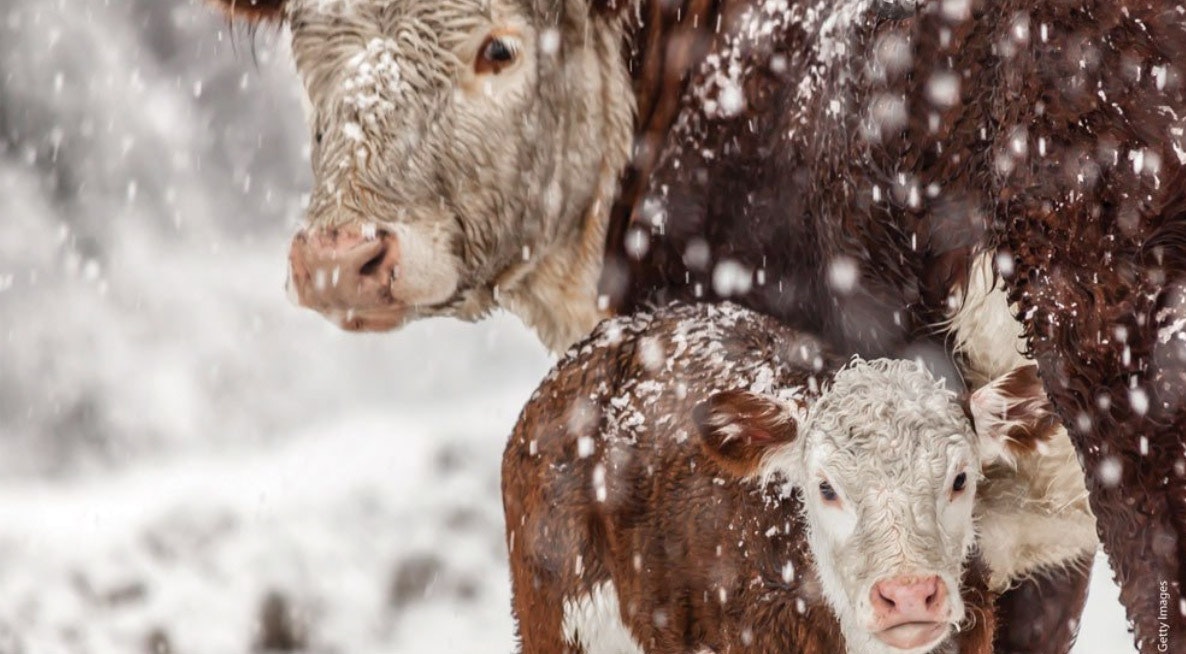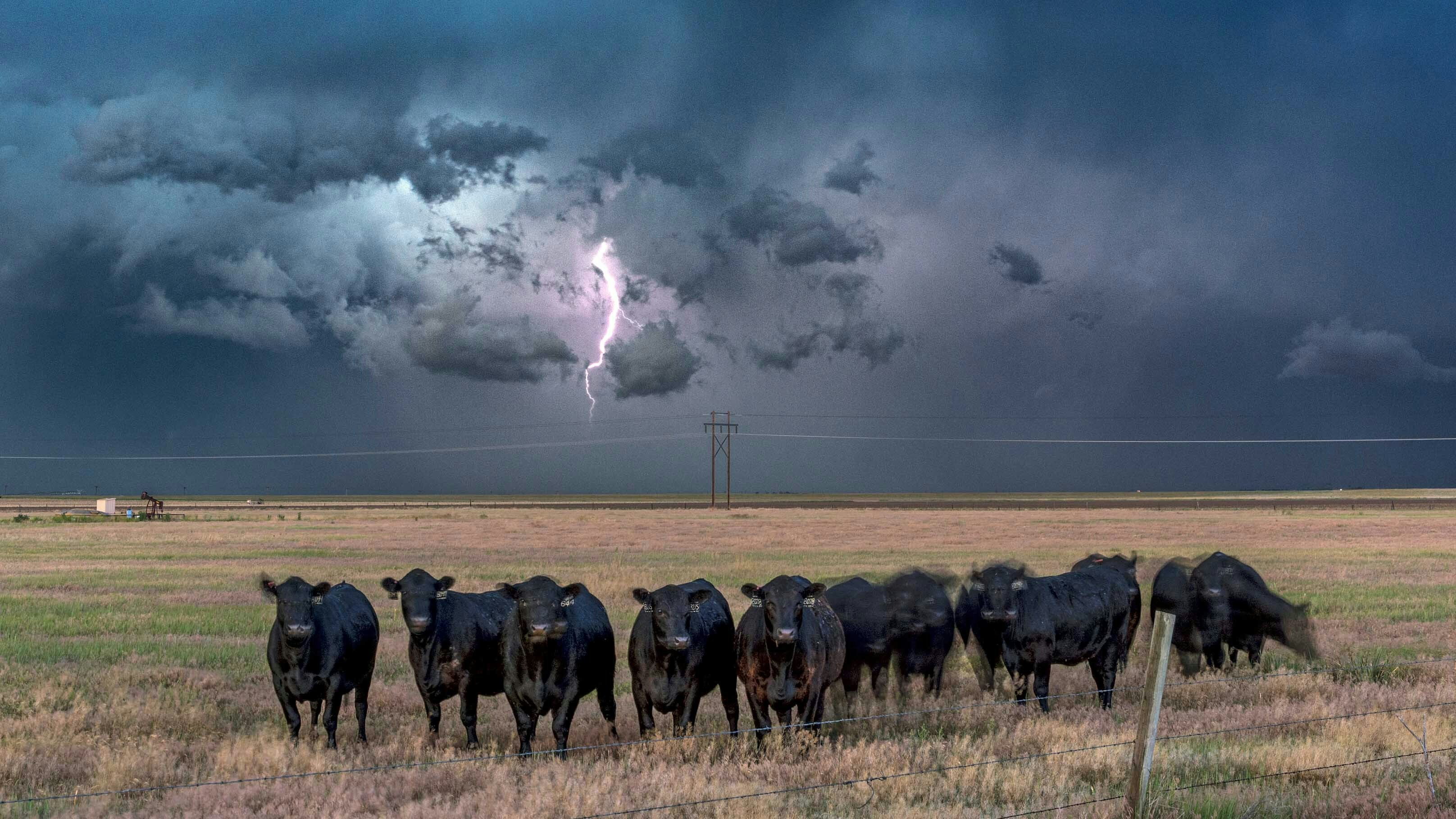Record snowfall in northeast Wyoming over the weekend provided much-needed relief for ranchers hard hit by drought, though for some, came at a hefty cost in lost livestock and repairs following the storm.
Crook, Weston and Campbell counties received upwards of 12 to 19 inches of snow and anywhere from 1 to 3 inches of water from the heavy snowfall, according to the National Weather Service.
Despite having ample time for preparation, muddy pastures and drifting snow added to the difficulty of calving season for ranchers like Shawn Acord who runs 1,400 head of cattle on the Faddis-Kennedy Ranch that he manages in northern Campbell County, 15 miles from the Montana border.
They were walloped with 12 to 16 inches of very wet snow and high winds, making it hard to get around any other way than on foot, Acord said, as the rain and warm temperatures turned everything muddy and soft. Despite days of preparation involving putting out extra feed and opening gates to allow cows to get into pastures with better cover, the weather conditions made it hard to check on heifers, cows giving birth for the first time, to make sure their calves were alive and out of the wind.
As of Monday, Acord counted more than seven lost calves, though that number will likely rise as the snow drifts continue melting.
Losing a calf means losing revenue.
“Any calf we lose takes away from what we can sell in the fall,” he said, “so we have no income off of that cow.”
On a ranch their size, Acord estimated losing 20 calves in a storm of that magnitude is manageable.
On the plus side, the ranch got 1.5 inches of rain, more than the Acords have seen at once in a long time, which will help some spring grass grow, but keeping it green will require additional moisture.
“All in all, it was a bad storm, but it could have been worse,” Acord said. “It could have been cold and froze more babies. There are other places that have lost have their herds.”
Over in Crook County, Whitt Hawk and Everett Zimmerschied didn’t lose any livestock and the snow levels were considerably lower at between 4 and 8 inches, Hawk estimated, at their ranch in Carlile.
“Overall for us, the precipitation was a good thing,” she said.
Like Acord and other ranchers, they prepared by feeding the cattle more in advance of the storm and stockpiling hay closer to the herds while the roads and pastures were still accessible.
Though they didn’t lose any calves, they had plenty of work digging out of drifts to open gates and barn doors and fix the broken wire on fences that had stretched under the weight of the drifting snow.
The moisture was worth the extra work, Hawk said.
“While drifts present extra work and challenges, the snow melt-off means the ground, water table and reservoirs will benefit more versus a fast melt or run off of the precipitation,” she said. “The spring crops have a better chance and the grass will hopefully recover better, too.”
Dave Wolfskill estimated from 18 to 20 inches of snow fell on his family’s rach in Barlow Canyon northwest of Devils Tower, creating towering drifts.
His cattle calve in the fall, he said, which saved the ranch losses in this case, though not commpletely. He had to put a horse down after it broke its leg on a cattle guard that had been filled with snow when the county road was plowed.
“He was my last ‘old man horse,’” Wolfskill said. “His broken leg was not something that could be fixed.”
Otherwise, everything as as protected as possible and there were no additional losses of livestock.
It a mixed blessing, Wolfskill said of the record snowfall, and like most things, came at a cost.





